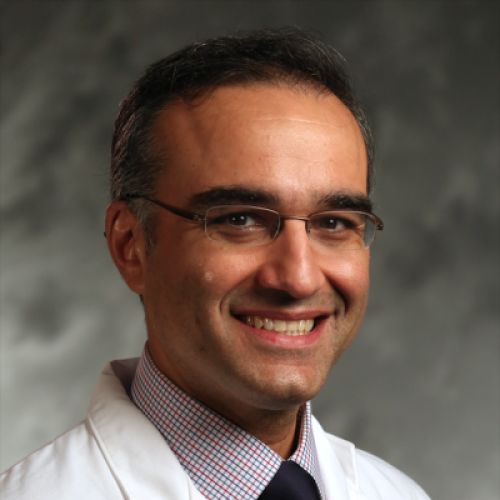
Middle infratemporal fossa less invasive approach for radical resection of parapharyngeal tumors: surgical microanatomy and clinical application.
Surgery of the infratemporal fossa (ITF) and parapharyngeal area presents a formidable challenge to the surgeon due to its anatomical complexity and limited access. Conventional surgical approaches to these regions were often too invasive and necessitate sacrifice of normal function and anatomy. To describe a less invasive transcranial extradural approach to ITF parapharyngeal lesions and to determine its advantages, 17 patients with ITF parapharyngeal neoplasms who underwent tumor resection via this approach were enrolled in the study. All lesions located in the ITF precarotid parapharyngeal space were resected through a small operative corridor between the trigeminal nerve third branch (V3) and the temporomandibular joint (TMJ). Surgical outcomes and postoperative complications were evaluated. Pathological diagnosis included schwannoma in eight cases, paraganglioma in two cases, gangliocytoma in two cases, carcinosarcoma in one case, giant cell tumor in one case, pleomorphic adenoma in one case, chondroblastoma in one case, and juvenile angiofibroma in one case. Gross total resection was achieved in 12 cases, near-total and subtotal resection were in 3 and 2 cases, respectively. The most common postoperative complication was dysphagia. Surgical exposure can be customized from minimal (drilling of retrotrigeminal area) to maximal (full skeletonization of V3, removal of all structures lying lateral to the petrous segment of internal carotid artery) according to tumor size and location. Since the space between the V3 and TMJ is the main corridor of this approach, the key maneuver is the anterior translocation of V3 to obtain an acceptable surgical field.
Duke Scholars
Published In
DOI
EISSN
Publication Date
Volume
Issue
Start / End Page
Location
Related Subject Headings
- Young Adult
- Trigeminal Nerve
- Treatment Outcome
- Temporomandibular Joint
- Skull Base Neoplasms
- Postoperative Complications
- Paraganglioma
- Neurosurgical Procedures
- Neurology & Neurosurgery
- Neurilemmoma
Citation

Published In
DOI
EISSN
Publication Date
Volume
Issue
Start / End Page
Location
Related Subject Headings
- Young Adult
- Trigeminal Nerve
- Treatment Outcome
- Temporomandibular Joint
- Skull Base Neoplasms
- Postoperative Complications
- Paraganglioma
- Neurosurgical Procedures
- Neurology & Neurosurgery
- Neurilemmoma


